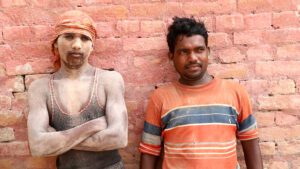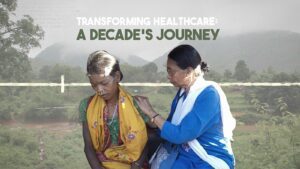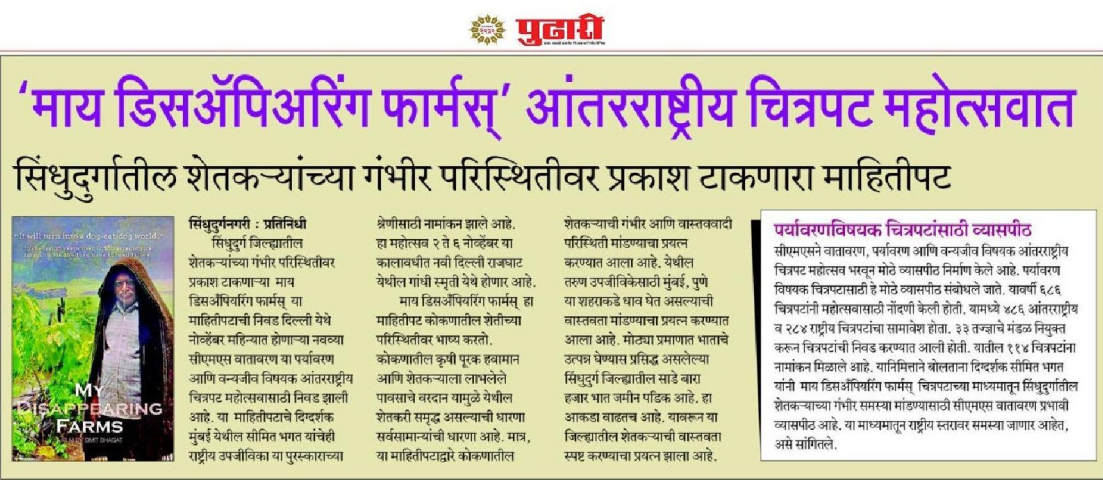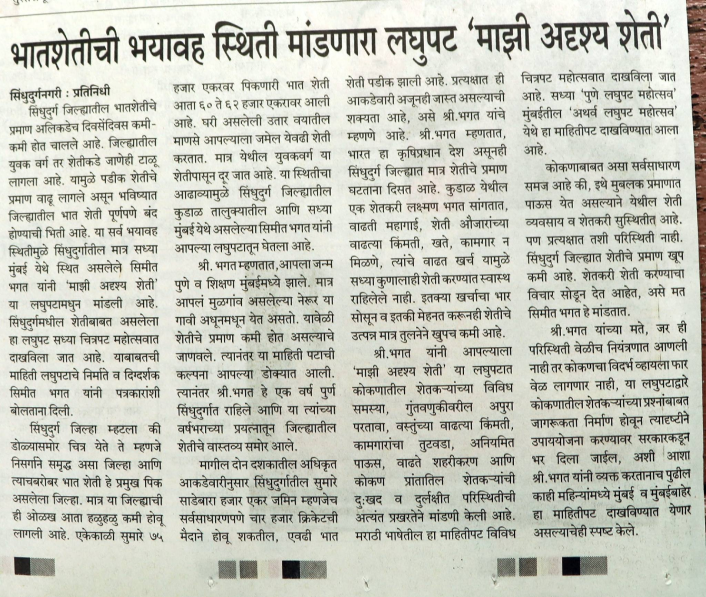In Jetpur village, Dahod, Karnikaben Rawat stood under the open sky as planning discussions wrapped up for the day. Her face, weathered by years of routine, softened slightly as she spoke about the change she had seen unfold.
“Before the work began, we were told the Jal Jeevan Mission would come to our village. We were part of every step. Today, we save time—and we use it to plan, to farm, to care for our families.”
For generations, women like Karnikaben walked long distances to fetch water, carrying pot after pot, losing hours every day. Her story is part of A Journey Towards Sustainable Water Access, a documentary by Collectives for Integrated Livelihoods Initiative (CInI) in collaboration with Simit Bhagat Studios. What makes the film special is that it does not rely on a narrator from outside. It listens closely to those who lived the reality and led the change.
This was not a film about a programme. It was about the people who shaped it. So, how did we attempt to tell this story? Let’s take a look.
How the film unfolds
The film opens with a woman singing a local folk tune. It’s not polished or rehearsed. But it’s real—rooted in her memory, her rhythm. She walks barefoot with a clay pot on her head as the camera quietly follows, capturing Dahod’s red earth, dusty trails, and groups of women walking together.
From the beginning, we knew we didn’t want background music that felt imported or overly composed. Instead, we encouraged the women to sing songs they already knew—songs passed down through generations, often sung while fetching water or working in fields. Their voices became the emotional thread of the film.
The voices of women became the emotional thread of the film.
These traditional songs didn’t just add sound—they added depth. They brought cultural authenticity and a warmth that no external score could match. They reminded us—and the viewer—that the women’s lives are rich with stories, rhythms, and strength, even in scarcity.
This unhurried pacing continues throughout. There’s a narrator, but she doesn’t dominate. Her voice supports the testimonials, which form the backbone of the film.
We see meetings under trees, women tracing water lines on large maps, and collective planning in motion. The scenes don’t try to impress. They aim to document ownership in action.
When the Camera Overheats
One of our strongest memories from the shoot was not what we filmed—but what we felt.
It was peak summer. The sun was merciless. Midway through interviews, our camera overheated—multiple times. We had to pause filming, cool the equipment with wet cloths, and set up makeshift shade wherever possible.
That’s when the realisation hit. If standing still with a camera felt unbearable, what must it be like to walk kilometres every day in that heat? To carry vessels of water? To repeat that journey, day after day, generation after generation?
The technical challenge became an emotional reckoning. It reminded us that capturing rural stories isn’t just about showing struggle—it’s about deeply understanding the environment people live in. And acknowledging the resilience that doesn’t always show on camera.
Capturing rural stories isn’t just about showing struggle—it’s about deeply understanding the environment people live in.
Weather, in many ways, humbles you. No matter how meticulously you plan—even with weather forecasts—things can shift suddenly. The temperature can spike. It can start pouring. And you’re left working around it.
When that happens, flexibility becomes essential. Skip peak hours if needed. Film at dawn or just before sunset, when the light is soft and the heat manageable. Keep a wet cloth handy. Find shade. Breathe. The story can still be told—just differently.
The Power of Participatory Storytelling
What made this film meaningful was not just what we filmed—but how. CInI had already spent time with the community. They had built trust. So, when we arrived, they were able to identify women who could speak clearly and confidently, without needing rehearsal.
One of them, Asmita Vadakkiya, had never been filmed before. She stood outside her home, hands trembling, clutching her dupatta. But when the camera rolled, she spoke with quiet force:
“Now that we have water access at home, I get more time to farm, care for my children, and feel present.”
That presence is what participatory storytelling offers—the chance for people to speak with clarity, not because they’re performers, but because the story is their own. It’s a reminder that when trust is built and the process is collaborative, something deeper emerges. We reflected more on this idea in When Communities Hold the Mic—a piece where we looked at how shifting from extraction to collaboration can change not just the story, but the storytelling itself.
What This Journey Taught Us
A good story is not just about information—it’s about presence. We had to be present—to the climate, to the energy of the space, to the silences between words. We learned that logistical issues (like equipment overheating) are not just interruptions; they can offer insight into the lives we are documenting. We learned that communities don’t need to be directed—they need to be listened to.
And above all, we learned that storytelling in development work is as much about process as it is about output.
For organisations planning to make their own films, this experience reaffirmed the importance of:
- grounding the story in real voices,
- preparing communities to share confidently,
- respecting the physical and emotional environment,
- and staying flexible—because the most powerful moments are often the ones you don’t script.
Because in the end, it’s not just about capturing change—it’s about creating the space for it to speak for itself.
Stay in the Loop: Stories, Strategies, and Lessons from the Field
If you’d like more behind-the-scenes insights, storytelling tips, and real lessons from the nonprofit world, subscribe to our newsletter. It’s where we share what doesn’t always make it to the screen—but matters just as much.










